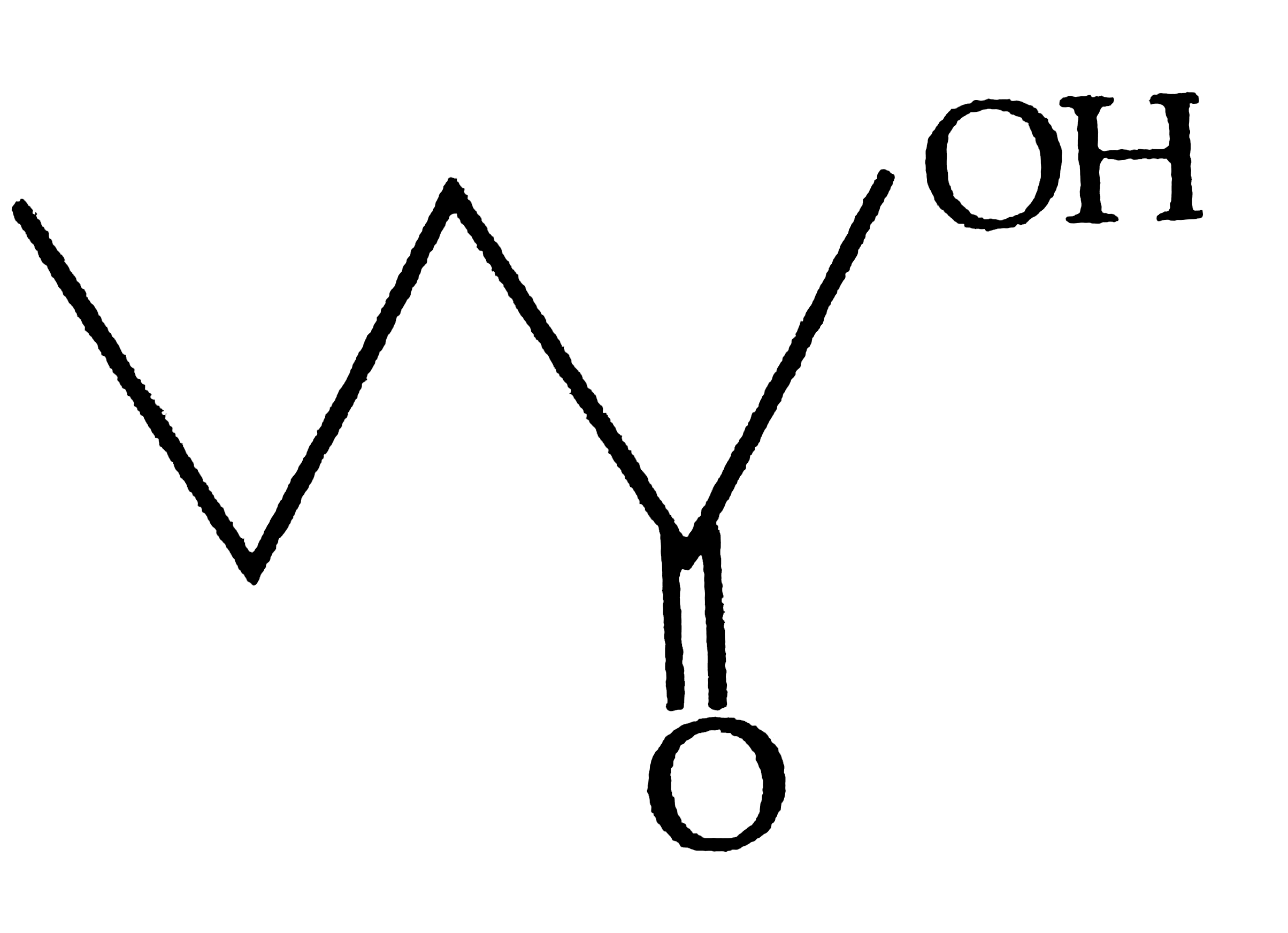In the following sequence of reactions a compound A, (molecular formula C6H12O2) with a straight chain structure gives a C4 carboxylic acid. A is :
ALiAlH4−−−→H3O+BOxidation−−−−−→C4− carboxylic acid
CH3−CH2−CH2−COO−CH2−CH3
CH3−CH2−COO−CH2−CH2−CH3
CH3−CH2−OH∣CH−CH2−O−CH=CH2
CH3−CH2−CH2−O−CH=CH−CH2−OH
To solve the problem, we need to identify the compound A with the molecular formula C6H12O2 that can be converted into a C4 carboxylic acid through the given reactions. Here’s the step-by-step solution:
Step 1: Analyze the Given Information
We know that:
- Compound A has the molecular formula C6H12O2.
- A undergoes reduction by Lithium Aluminum Hydride (LiAlH4) followed by hydrolysis to form compound B.
- Compound B is then oxidized to yield a C4 carboxylic acid.
Step 2: Understand the Reduction Reaction
LiAlH4 is a strong reducing agent that can reduce esters, aldehydes, and ketones to alcohols. Since A has the formula C6H12O2, it is likely an ester or a ketone.
Step 3: Consider Possible Structures for A
1. Option 1: CH3(CH2)3C(O)O(CH2)2CH3 (an ester)
2. Option 2: CH3(CH2)2C(=O)O(CH2)2CH3 (another ester)
Step 4: Perform Reduction on Option 1
If we take Option 1:
- Upon reduction with LiAlH4, the ester will yield:
- CH3(CH2)3C(OH)(CH2)2CH3 (an alcohol with 6 carbons)
Step 5: Hydrolysis of the Alcohol
After hydrolysis, we will have:
- CH3(CH2)3C(OH) (a 5-carbon alcohol) and CH2OH (a 1-carbon alcohol).
Step 6: Oxidation of the Alcohol
Now, we need to oxidize the resulting alcohols. The 5-carbon alcohol can be oxidized to a 4-carbon carboxylic acid:
- CH3(CH2)2C(=O)OH (butanoic acid, a C4 carboxylic acid).
Step 7: Perform Reduction on Option 2
If we consider Option 2:
- Reduction with LiAlH4 will yield:
- CH3(CH2)2C(OH)(CH2)2CH3 (an alcohol with 6 carbons).
Step 8: Hydrolysis of the Alcohol
After hydrolysis, we will again have:
- CH3(CH2)2C(OH) (a 5-carbon alcohol).
Step 9: Oxidation of the Alcohol
The oxidation of this alcohol will yield a 3-carbon carboxylic acid (propanoic acid), which does not meet the requirement of a C4 carboxylic acid.
Conclusion
Based on the analysis, Option 1 is the only structure that can yield a C4 carboxylic acid after the sequence of reactions.
Final Answer
The structure of compound A is:
CH3(CH2)3C(O)O(CH2)2CH3 (an ester).
---
We know that:
- Compound A has the molecular formula C6H12O2.
- A undergoes reduction by Lithium Aluminum Hydride (LiAlH4) followed by hydrolysis to form compound B.
- Compound B is then oxidized to yield a C4 carboxylic acid.
LiAlH4 is a strong reducing agent that can reduce esters, aldehydes, and ketones to alcohols. Since A has the formula C6H12O2, it is likely an ester or a ketone.
1. Option 1: CH3(CH2)3C(O)O(CH2)2CH3 (an ester)
2. Option 2: CH3(CH2)2C(=O)O(CH2)2CH3 (another ester)
If we take Option 1:
- Upon reduction with LiAlH4, the ester will yield:
- CH3(CH2)3C(OH)(CH2)2CH3 (an alcohol with 6 carbons)
After hydrolysis, we will have:
- CH3(CH2)3C(OH) (a 5-carbon alcohol) and CH2OH (a 1-carbon alcohol).
Now, we need to oxidize the resulting alcohols. The 5-carbon alcohol can be oxidized to a 4-carbon carboxylic acid:
- CH3(CH2)2C(=O)OH (butanoic acid, a C4 carboxylic acid).
If we consider Option 2:
- Reduction with LiAlH4 will yield:
- CH3(CH2)2C(OH)(CH2)2CH3 (an alcohol with 6 carbons).
After hydrolysis, we will again have:
- CH3(CH2)2C(OH) (a 5-carbon alcohol).
The oxidation of this alcohol will yield a 3-carbon carboxylic acid (propanoic acid), which does not meet the requirement of a C4 carboxylic acid.
Based on the analysis, Option 1 is the only structure that can yield a C4 carboxylic acid after the sequence of reactions.
The structure of compound A is:
CH3(CH2)3C(O)O(CH2)2CH3 (an ester).
Topper's Solved these Questions
- JEE MAINS 2021BOOK - JEE MAINS PREVIOUS YEARCHAPTER - JEE MAINS 2021EXERCISE - Chemistry Section B
20 Videos
- JEE MAINS 2021BOOK - JEE MAINS PREVIOUS YEARCHAPTER - JEE MAINS 2021EXERCISE - Chemistry (Section A)
80 Videos
- JEE MAINS 2021BOOK - JEE MAINS PREVIOUS YEARCHAPTER - JEE MAINS 2021EXERCISE - CHEMISTRY (SECTION-B)
40 Videos
- JEE MAINS 2020BOOK - JEE MAINS PREVIOUS YEARCHAPTER - JEE MAINS 2020EXERCISE - CHEMSITRY
25 Videos
- JEE MAINS 2022BOOK - JEE MAINS PREVIOUS YEARCHAPTER - JEE MAINS 2022EXERCISE - CHEMISTRY (SECTION-B)
10 Videos
Similar Questions
Knowledge Check
Compound with molecular formula C3H8O on vigorous oxidation produces an acid C3H6O2. It is
A3∘ alcoholB2∘ alcoholC1∘ alcoholDnot necessaryIn the following sequence of reactions:
CH3−BrKCN−−→AH3+O−−→BLiAlH4−−−→C the end product (C ) is :AacetoneBmethaneCacetaldehdyeDethyl alcoholMolecular formula C4H8O oxidation gives acetic acid . The structure of C4H8O2 will be
A B
B C
C D
D
In the following sequence of reactions, the compound C formed would be
CH3−CH| NH2−CH3HNO2−−−→H2OA[O]−−→BCH3MgI−−−−−→H+/H2OC
View SolutionMolecular formula C4H8O2 on acid hydrolysis gives acetic acid and ethanol. The structures of C4H8O2 will be
View SolutionThe product 'C' in the following reaction is ________.
CH3Brdil.KCN−−−−−→'A'H3O+−−−→'B'LiAlH4−−−→'C'
View SolutionIn the sequence of reactions CH≡CH+H2OH2SO4⋅HgSO4−−−−−−−−→60∘C[A][O]−−→[B]
The compound A and B are
View SolutionIn the sequence of reaction
C2H2H2SO4/H2O−−−−−−−→HgSO4A[O]−−→B
The compound B is
View Solution
